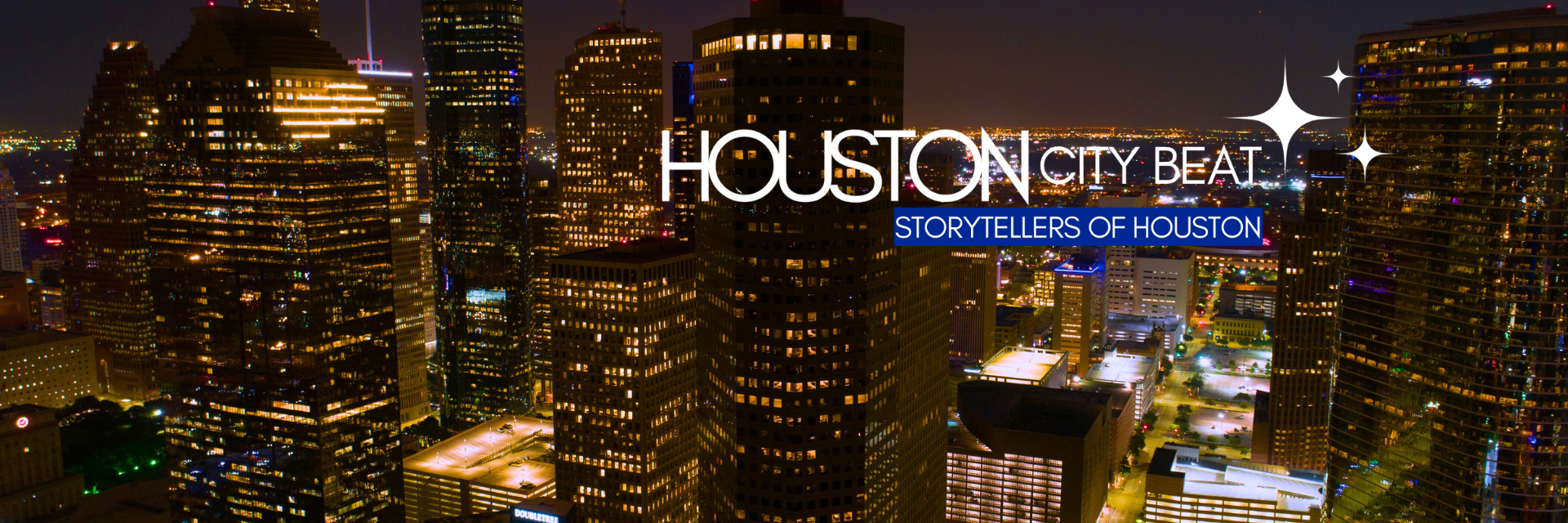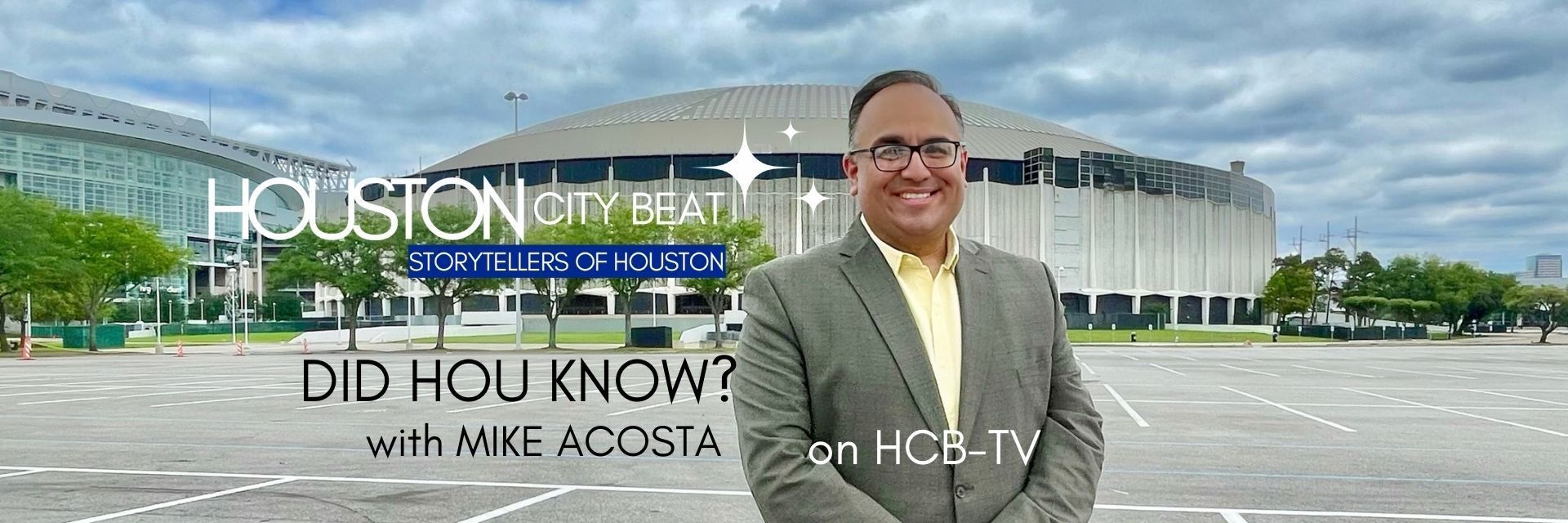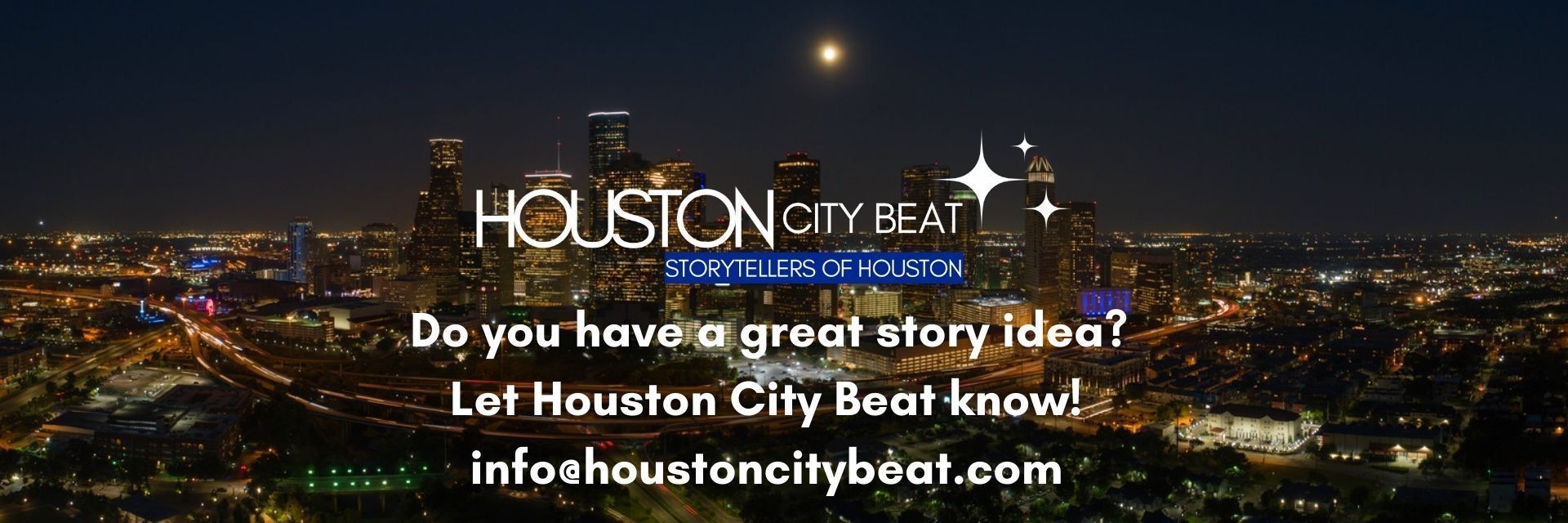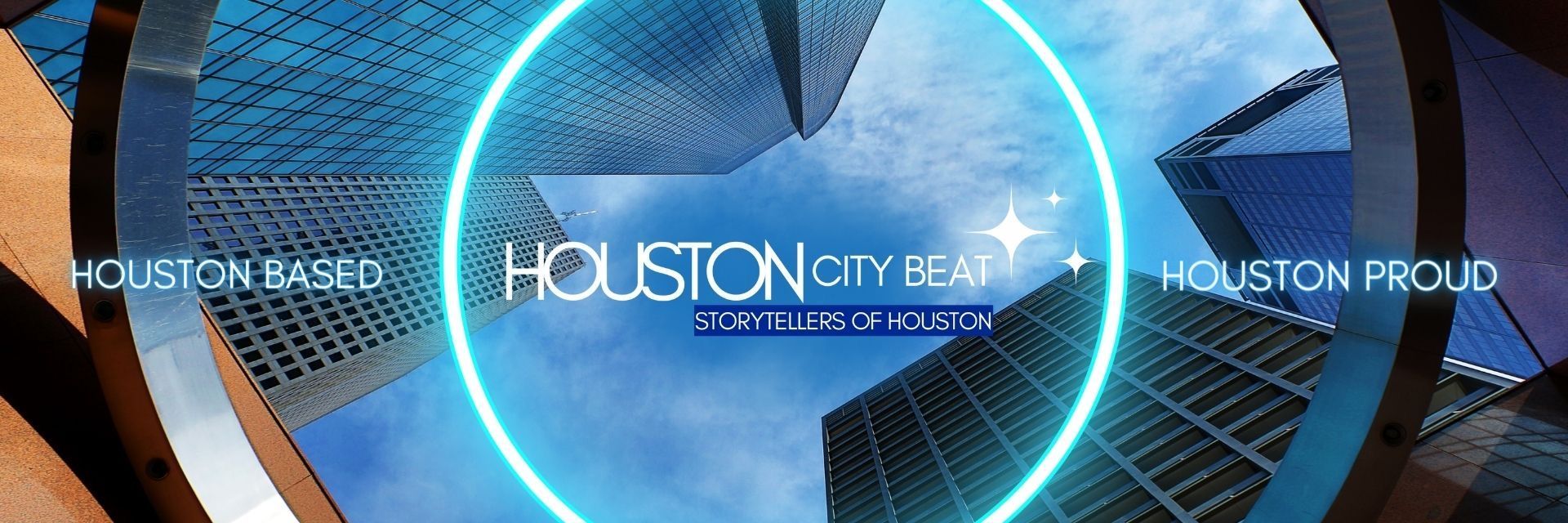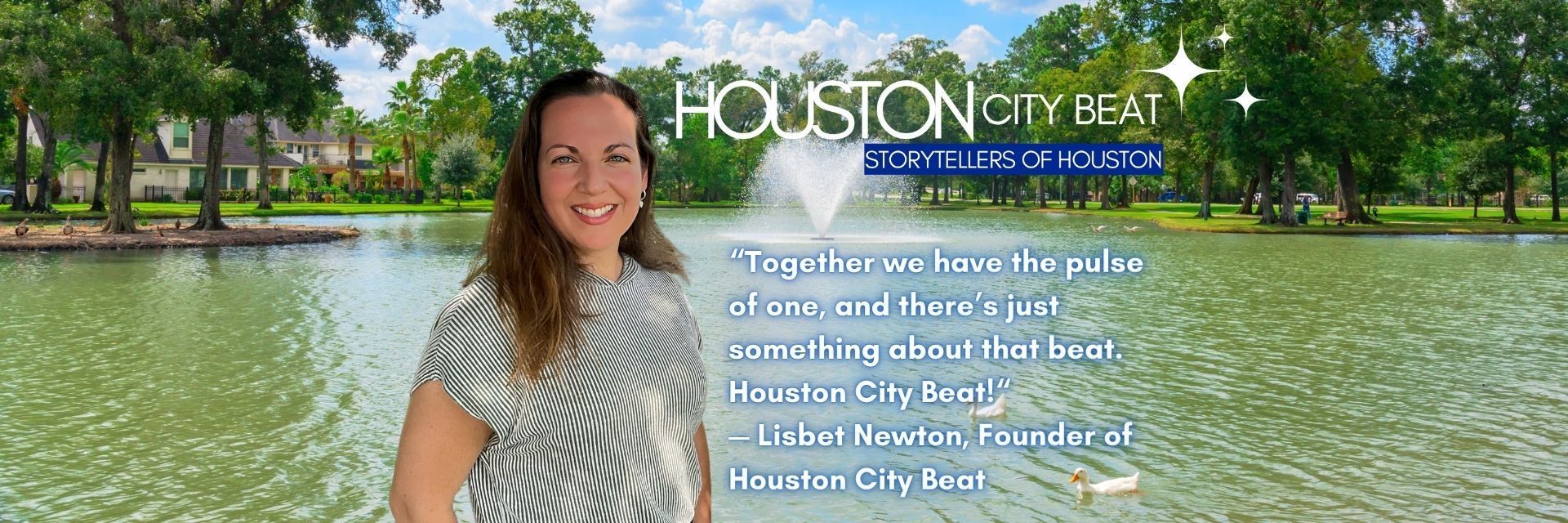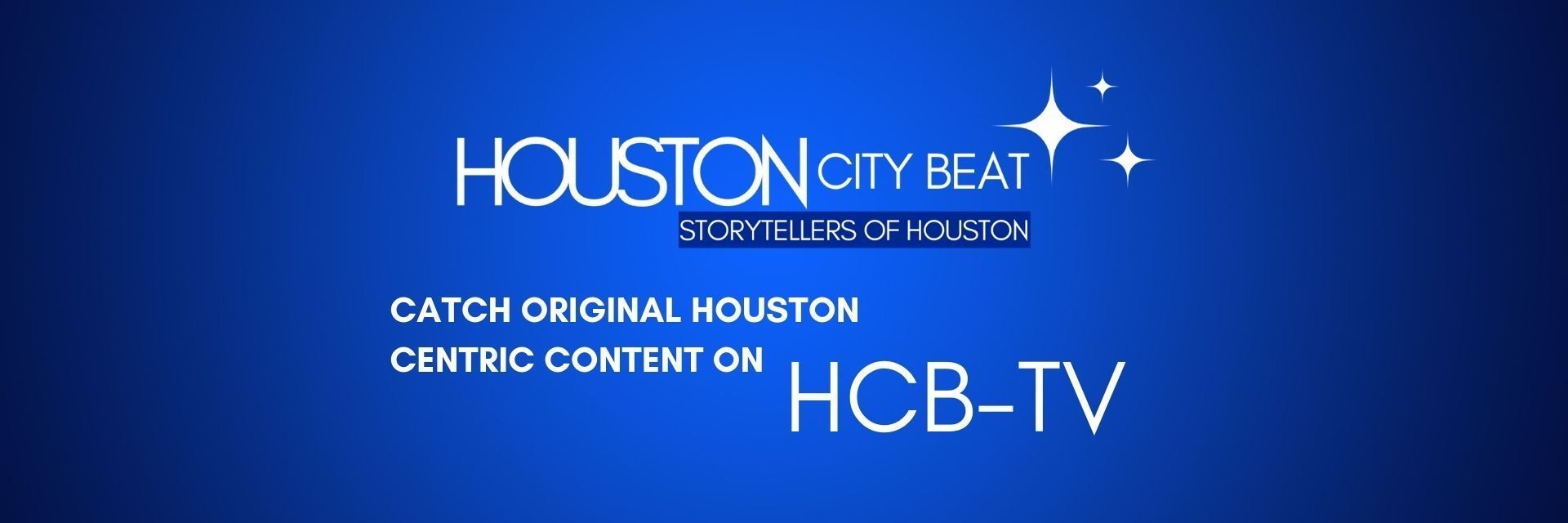Have you ever gone outside in an urban area on a clear moonless night, and seen very few stars? Can you even find the North Star? Or is it just glare that you can see?
Have you ever gone outside in a rural area, not near any cities, and looked up? Big difference. The unnecessary glare in mostly urban areas, or light pollution, is costing many people the chance to see the wonders of the universe. And sadly, many people do not even notice anymore. This Initiative hopes to make inroads on that problem. Here is an example of dark sky vs. glare.

COPYRIGHT 2025 HOUSTON CITY BEAT - 10
While the author does not know the origin of the Initiative, the first encounter was many years ago in the Davis Mountains of West Texas. There, sitting on top of Mt. Locke is the McDonald Observatory. At that time, their biggest telescope was the third largest in the world. Fairly isolated, the astronomers and staff live in houses around the observatory, and it is about 25 miles to Ft. Davis. It is like their own little community up there.

COPYRIGHT 2025 HOUSTON CITY BEAT - 11
On the road up to Mt. Locke, on the right where the older telescopes are. The mountain on the left houses the newer telescope. And yes, you can drive up there.

COPYRIGHT 2025 HOUSTON CITY BEAT - 12
The point of showing this location is that when the astronomers are working, mostly at night, there cannot be any light pollution. So, ways of lighting the needed areas, had to be determined and implemented so there would be no interference with the astronomer’s work. The lights that are used, all point downward. As the population in nearby areas grew, the light pollution had to be controlled. If those same guidelines, and fixtures, were implemented in urban areas, maybe a difference could be made.
Enter the Dark Sky Initiative. The origins of it, and whose backing it, the author does not know, or really care. Very tangible results are seen. Large amounts of information from Dark Sky Guidelines that have been published are easily available. https://darksky.org/ Some of the basics include:

Photo Provided by John Simpson
Number one above is HUGE!
There is even a Dark Sky Texas Chapter with a representative in the Houston area. A daunting task for this urban spawl, but the road to a million dollars starts with one dollar at a time. https://darkskytexas.org/
The George Observatory is located in Brazos Bend State Park, just south of 59 and 99. Attending a star party is worth the time and effort, if they still have them. There is a deck there where amateur astronomers would set up their own telescopes for guests to see some of the wonders of our solar system, and the universe. To see Saturn, or the Orion Nebula is incredible. If skies continue to brighten though, these wonders might vanish from this location too. If you decide to take a look, the tickets were advance sales only back then, and may still be now. https://tpwd.texas.gov/state-parks/brazos-bend (go again during the day as well to see some of the alligators)
Every now and then a Houston news reporter will talk about an upcoming meteor shower. There are many meteor showers, but some of the regulars are the Orionids and the Leonids. They usually happen around two am and the skies have to be clear to see. With the light pollution in the city though, seeing them can be difficult. But once you are able to get out of the city and see the show, you might agree that programs such as Dark Sky are well worth pursuing. Any kind of legislative action is not being suggested here, but awareness is. Maybe some of these giant developers will buy into it to benefit us all. Once you have seen the shadows of the mountains on the moon, you will be hooked.

Photo Provided by John Simpson
Santa Elena Canyon, in Big Bend National Park. Isn’t this celestial show something worth working to keep?
To see more incredible images, some of them combined with some earthly wonders, check out “Pilgrimage of Light” with Mark Chen on Houston City Beat.


